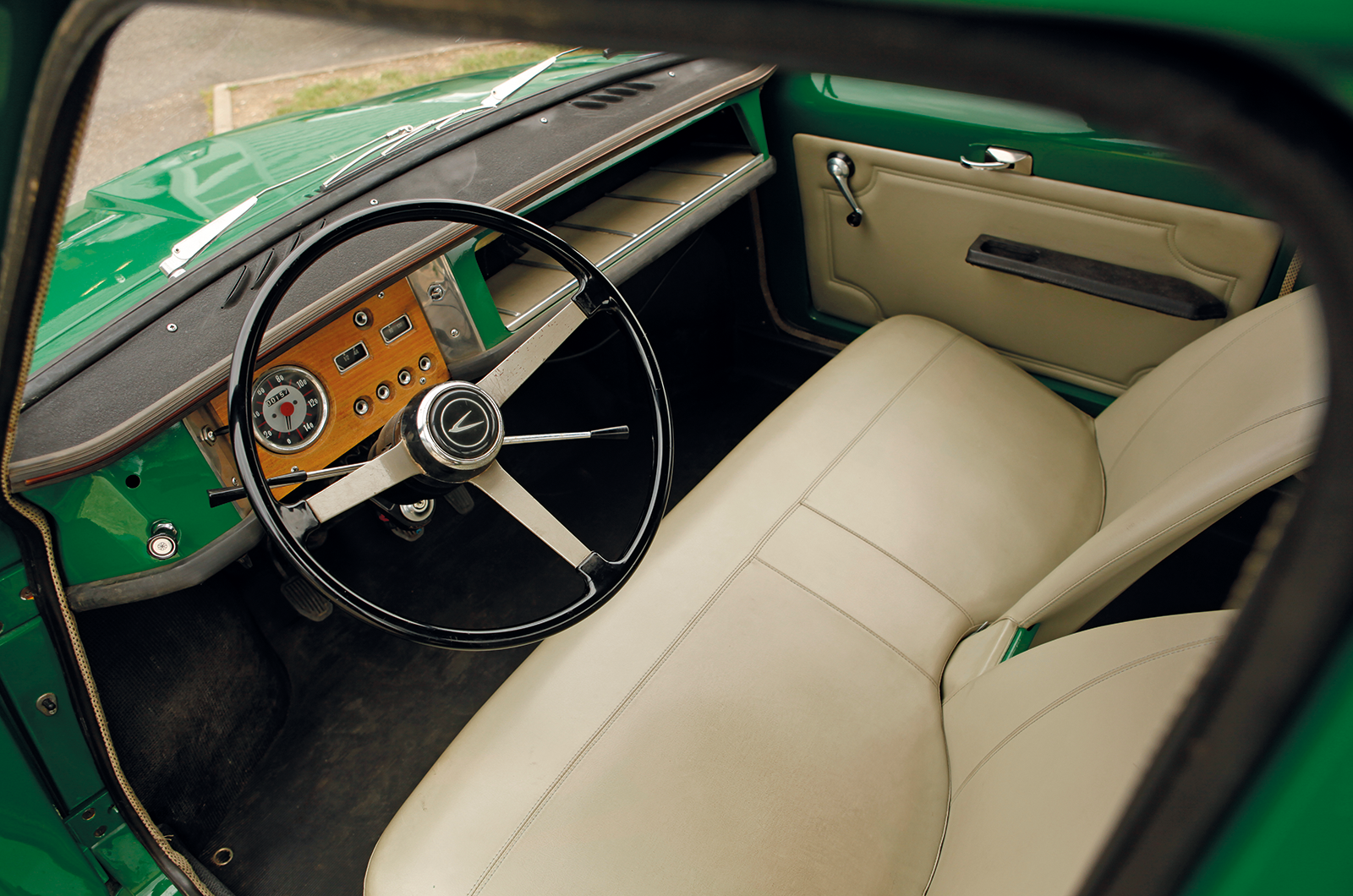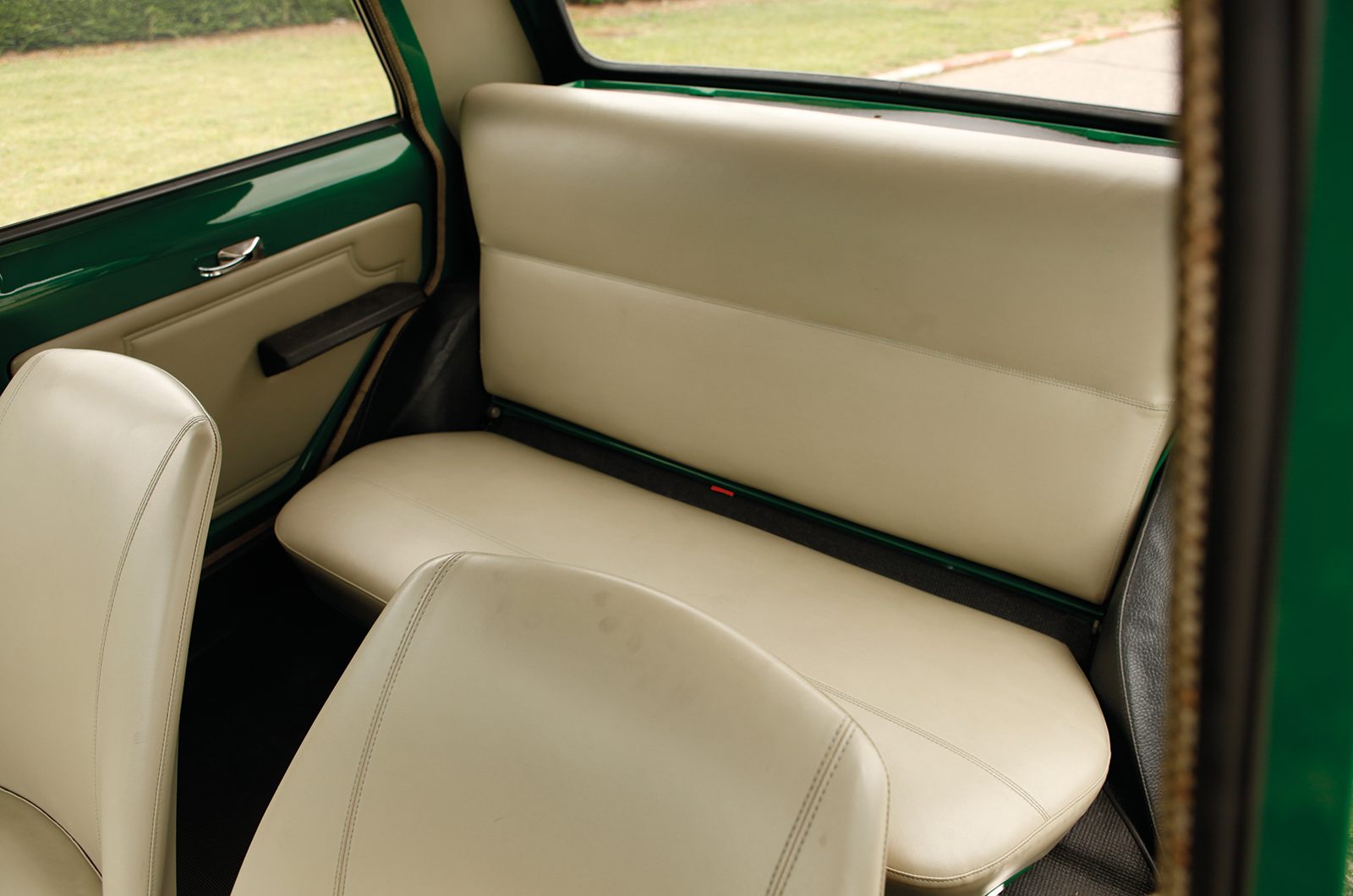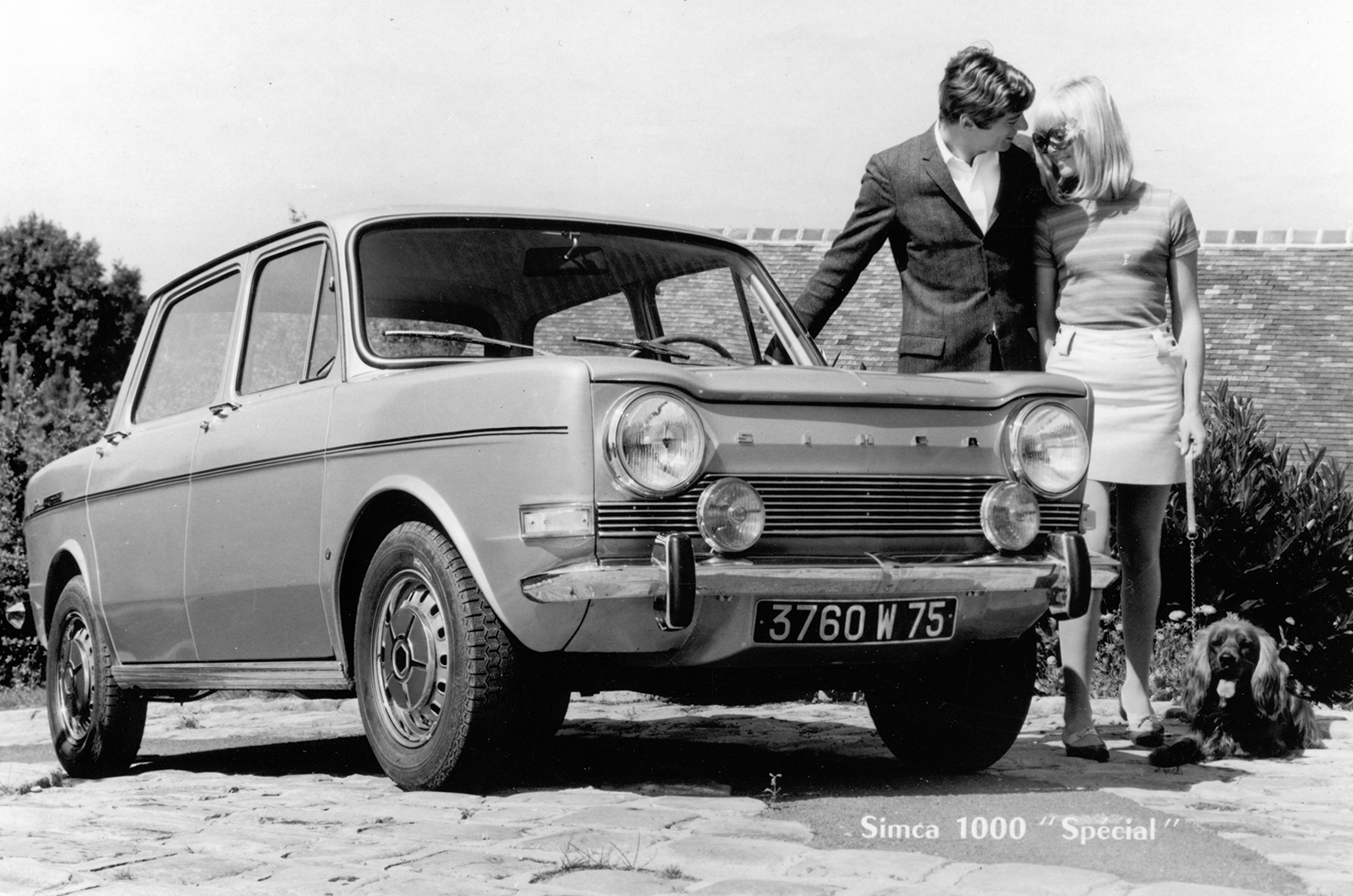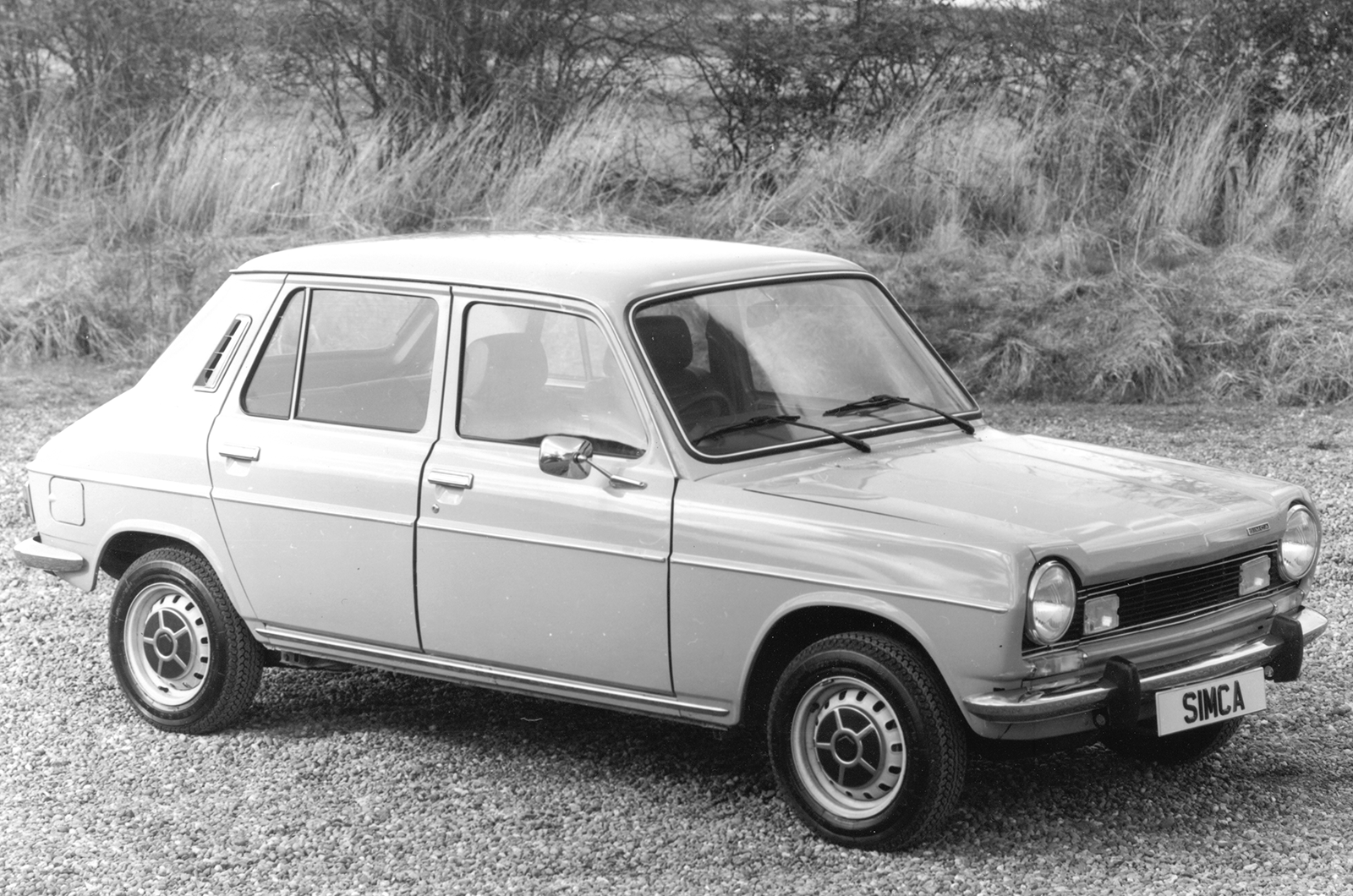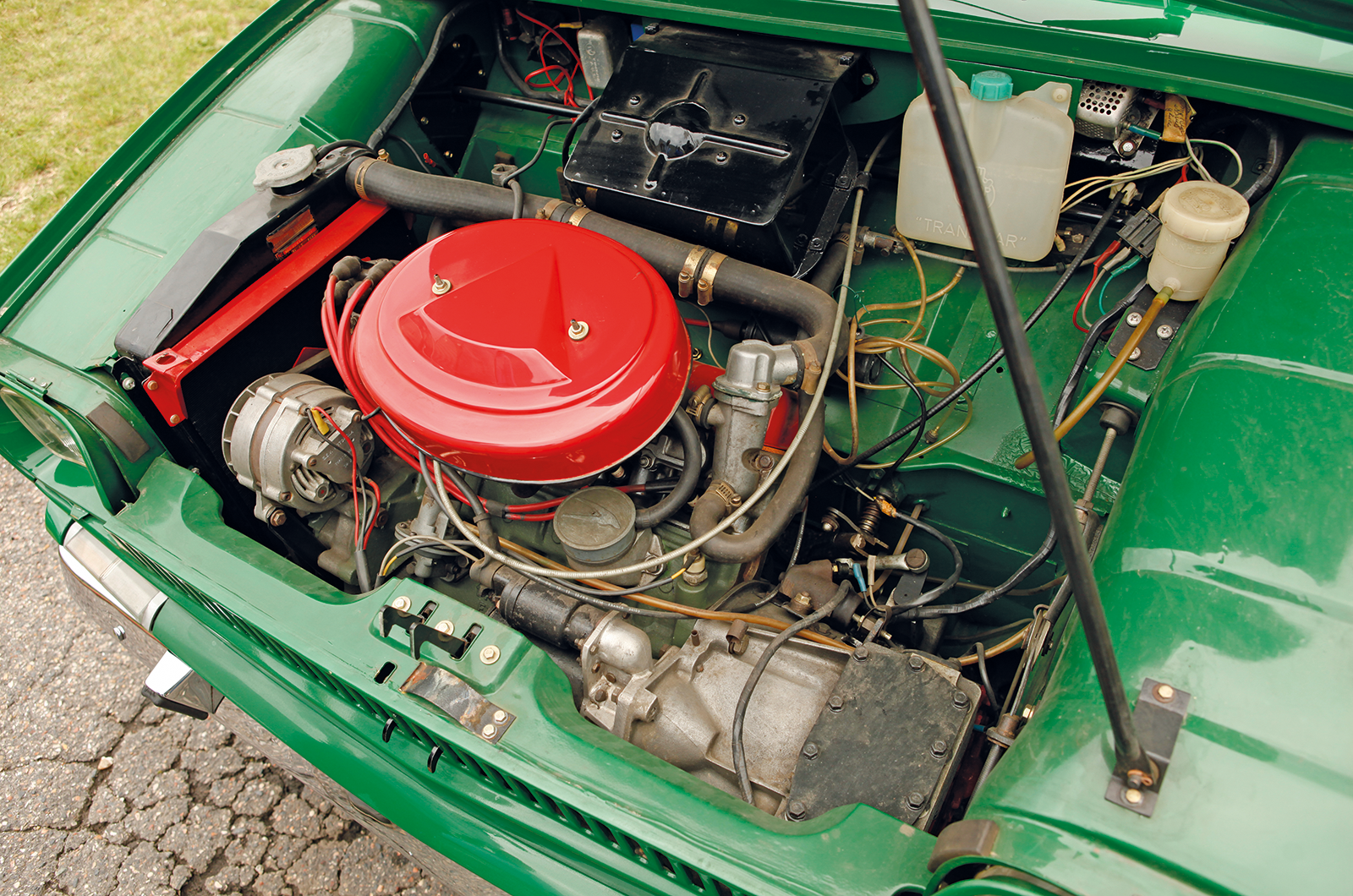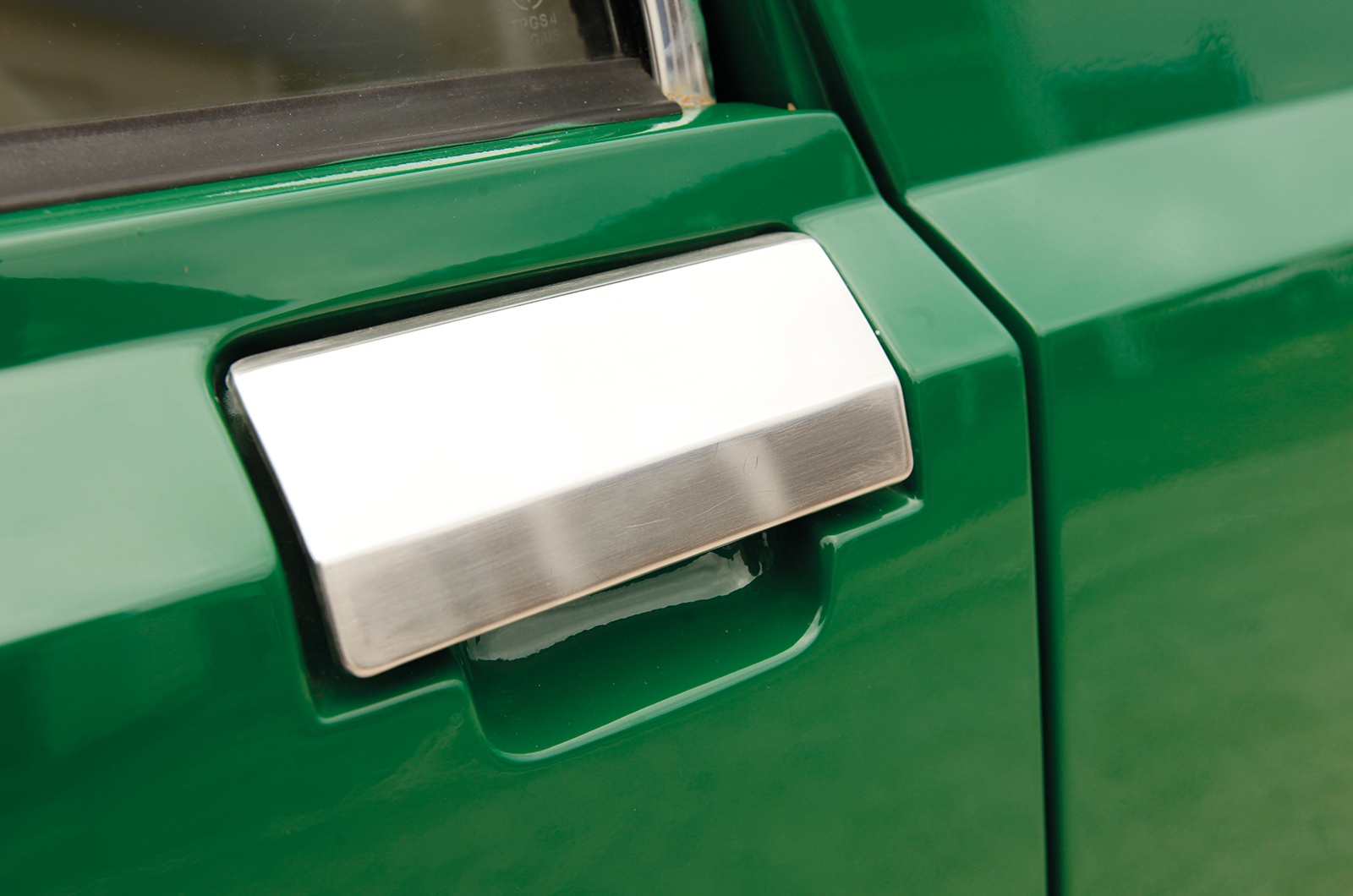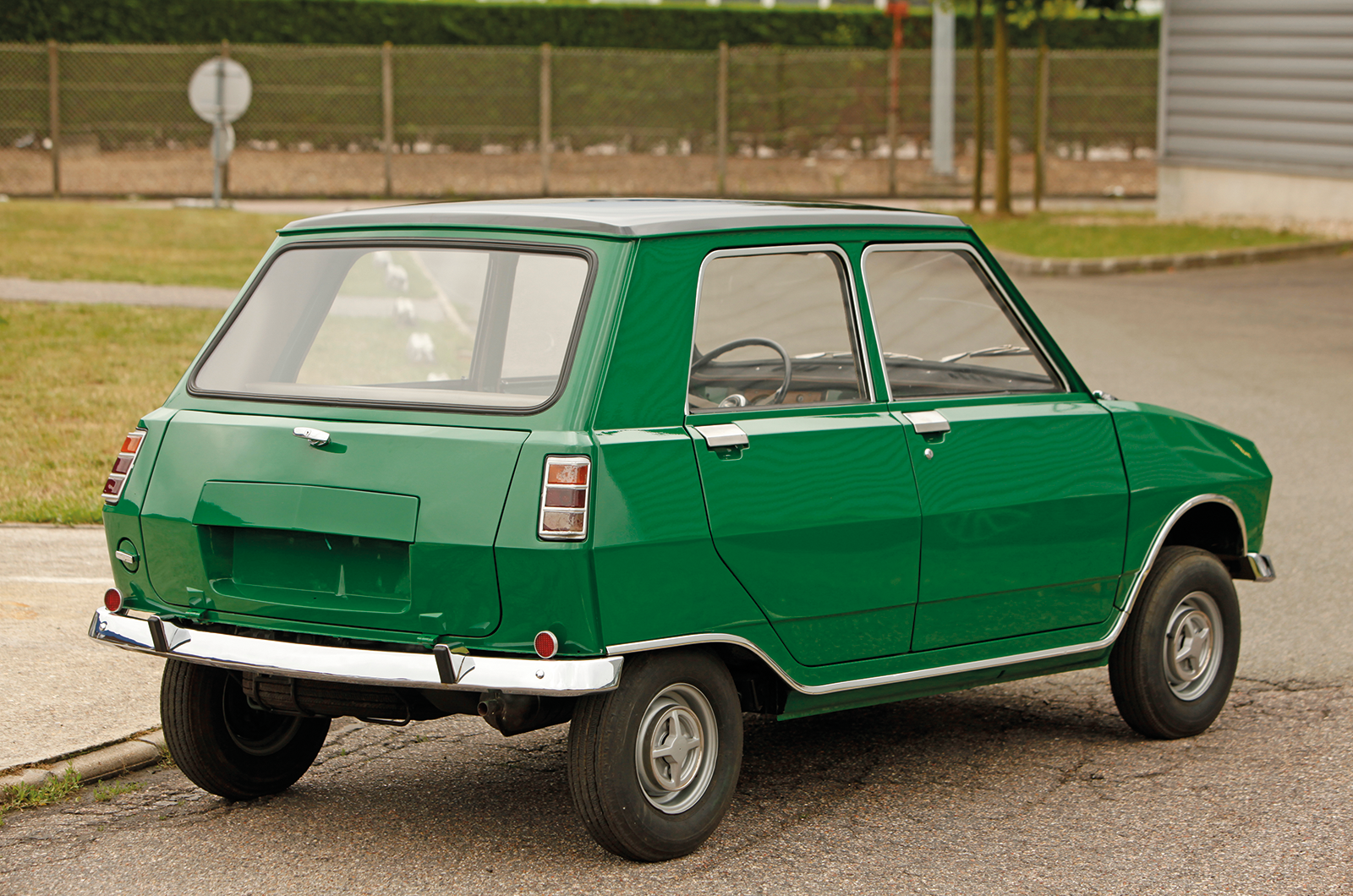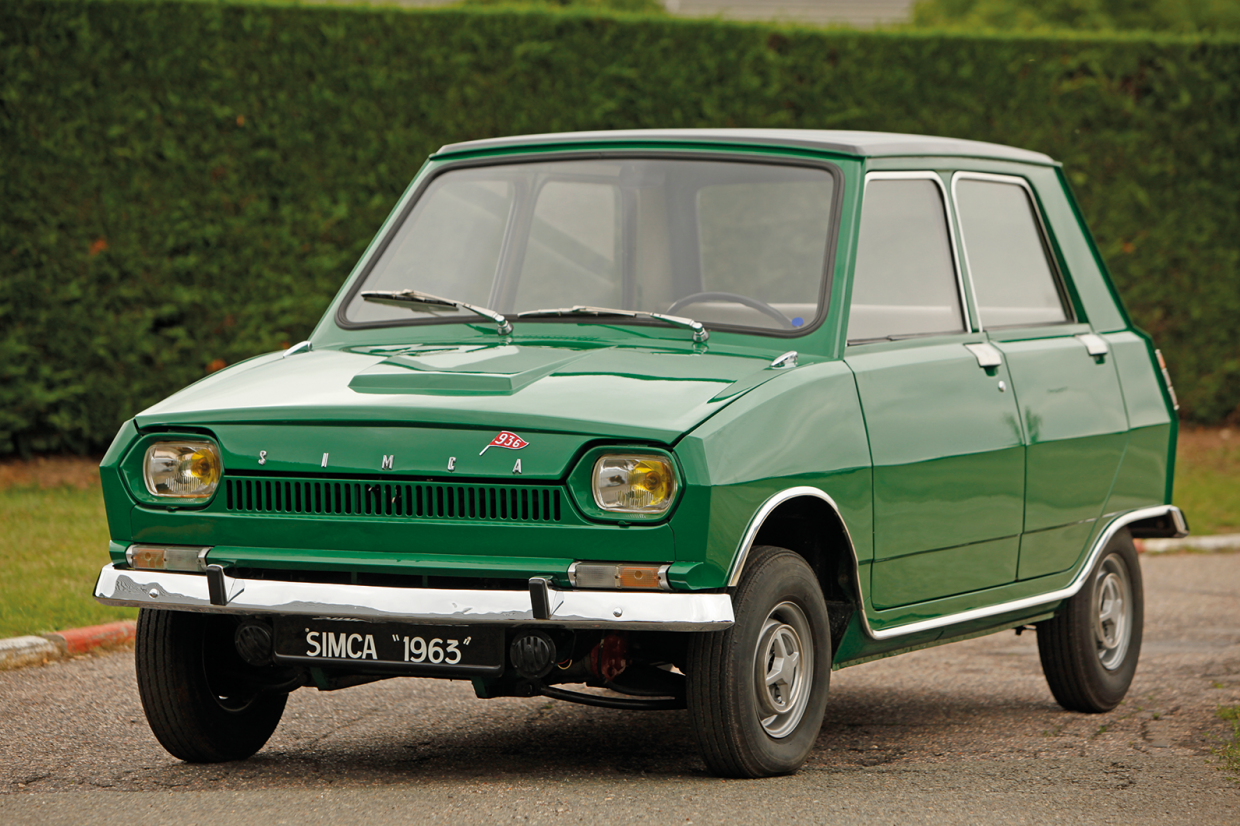
“Does this thing have an engine, or is there a slot where you insert a hamster or something?”
Photographer Tony Baker is not especially impressed, it has to be said, by the boxy little bullfrog of a prototype sitting outside the Simca museum in Poissy.
His reaction is easy to understand: Project 936 – also known as ‘Isabelle’ – is almost a caricature, like a child’s drawing of a car only in 3D full scale.
But context is everything. This was a one-off exercise in thinking aloud, and it dates back to the first half of the 1960s when it was built by hand, almost as a personal venture, under the direction of the head of Simca’s styling department, Roger Dumas. It was not a finished, production-ready proposal.
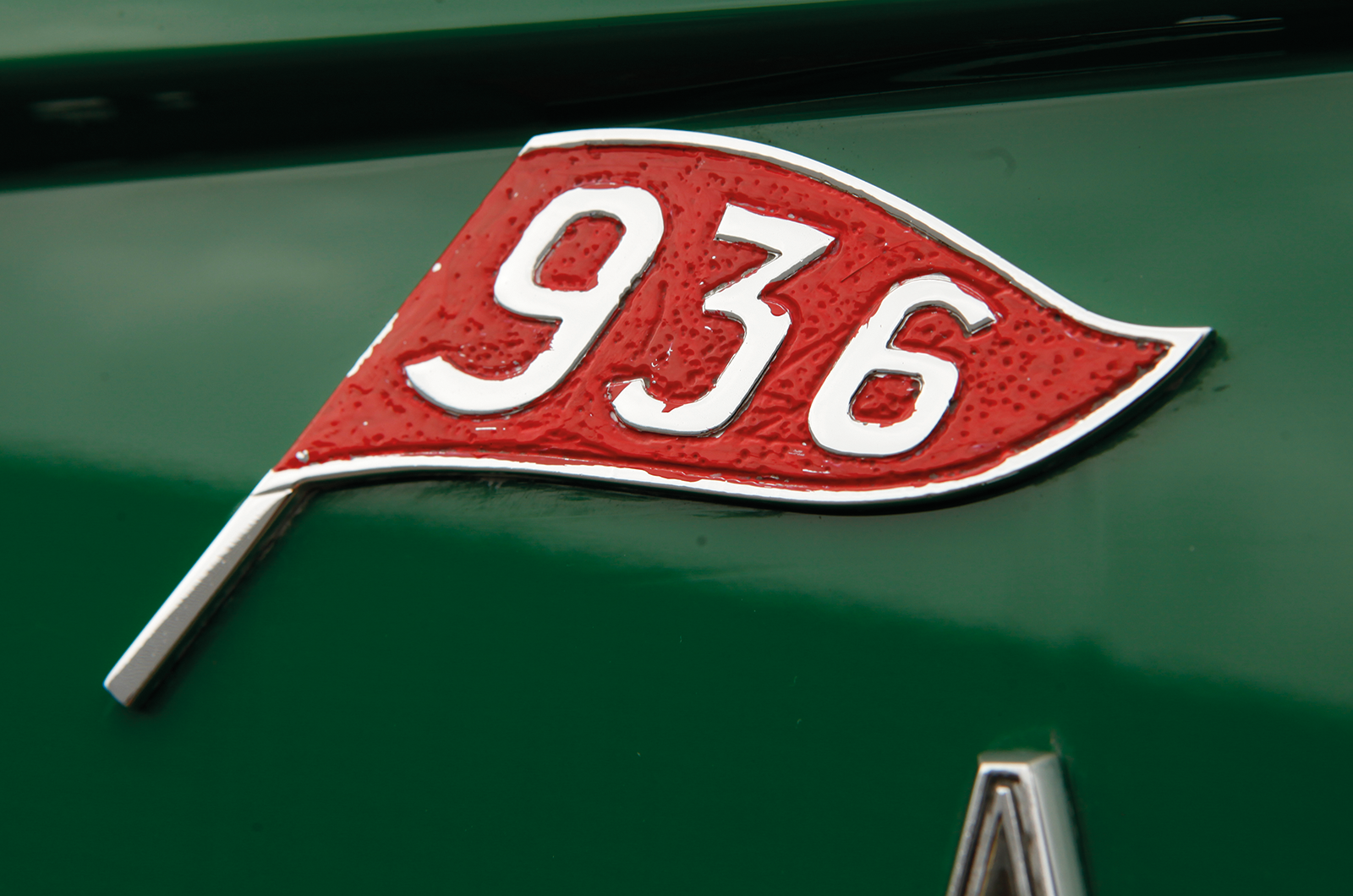
The Simca 936 had the nickname ‘Isabelle’
Equally, it was conceived at a time – roughly 1963-’64 – when the French were happy for the styling of their cars to put function ahead of aesthetics.
Much more to the point is the fact that the transverse-engined, front-wheel-drive 936 represents an early and intelligent look at building a better Mini – within the same modestly sized envelope, and with the advantage over the BMC car of having four doors.

